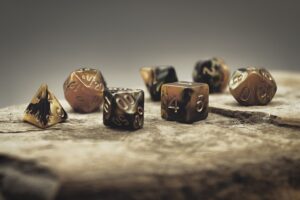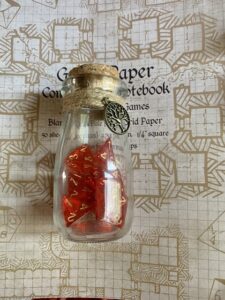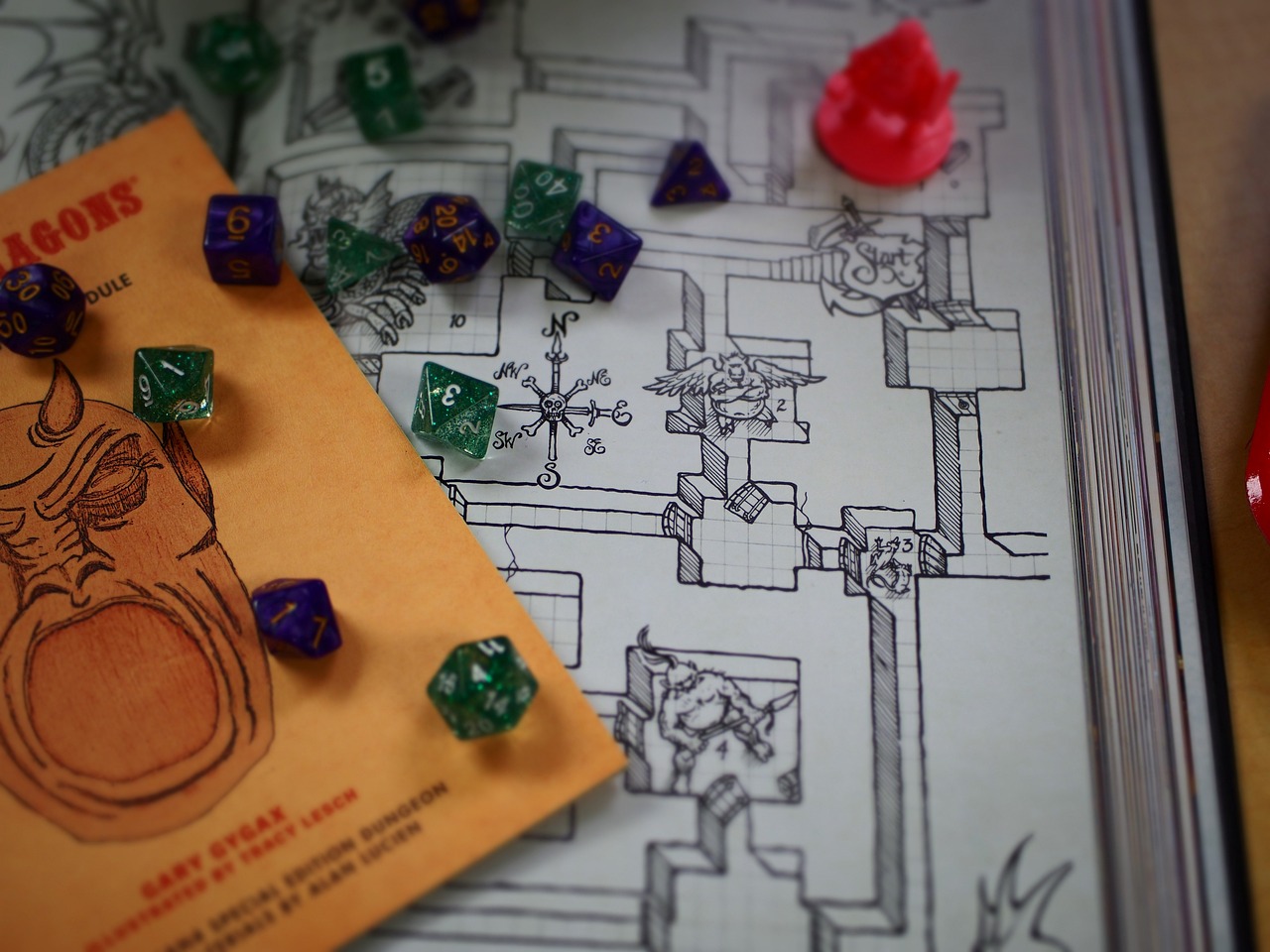There are so many ways one can have fun nowadays. My friends and I play footy, watch cringy TV shows, play online Bingo with the mr q promo code, but most of all – we ROLEPLAY! Oh yeah. We roleplay different games, but there is that one game that is the most important to us. You probably guessed it…
Of all the role-playing games out there, Dungeons & Dragons remains at the top of the list, as the first modern RPG, as well as the most popular and most influential one. However, all games have to start somewhere and Dungeons & Dragons started off in the early 1970s. Though, as it most things, its date of creation is as important as the events that led to its creation.
Here is a brief history overview of Dungeons & Dragons.
The Beginning
D&D started off as a set of rules for an entirely different game, made by Jef Perren. This game was expanded to include fantasy supplements by Gary Gygax, and the name of the game is none other than Chainmail. That’s one part of the story.

The second part of the story lies with Dave Arneson, who was in the army at the time, in the early 1970s. His friend Dave Wesely joined as well, and they were both fans of Napoleonic tabletop games. That led to Arneson creating a game based on Wesely’s Braunstein.
Individual characters were among the first changes he made, instead of armies. Likewise, as the game developed, experience points, armor, levels, as well as other changes.
Dungeons & Dragons
Arneson was already familiar with Gygax, the two having worked on a game called Don’t Give Up the Ship! Arneson was already working on a game of his own at the time, called Blackmoor. Blackmoor was inspired by many things, from Lord of the Rings, a 60s TV show called Dark Shadows, Conan comics, and more.
Arneson showed Blackmoor to Gygax and together, they started working on what they at the time called The Fantasy Game. The game ended up being Dungeons & Dragons! The name of the game is credited to Gygax’s daughter, Cindy, who exclaimed “Oh daddy, I like Dungeons & Dragons best!”, when presented with multiple choices that were considered.
The first version of Dungeons & Dragons was released in 1974 and it quickly became the most popular tabletop RPG ever, the first modern one, the one to propel the genre forward.
Developments and Failures

D&D was popular, but it was also problematic. In 1977, a decision that divided the game for 20 years was made, to create a D&D Basic Kit and an Advanced Dungeons & Dragons. The first would be a simplified version that would be welcoming to RPG or rather, wargaming newcomers.
The second was meant for those already experienced in wargaming and at the time, RPGs. The rules would be reinvented multiple times over the next two decades, with 1989 being one of the more important years, when AD&D version 2 was released.
In 1997, Wizards of the Coast, a publisher, purchased the rights for D&D publishing from an almost bankrupt TSR, and once again, a unified D&D was released, version 3.
In the following years, D&D versions 4 and 5 were released, and the game got a surge of newcomers and popularity from the show Stranger Things.
To this day, it is one of the most popular tabletop and even virtual RPGs that you can play.

